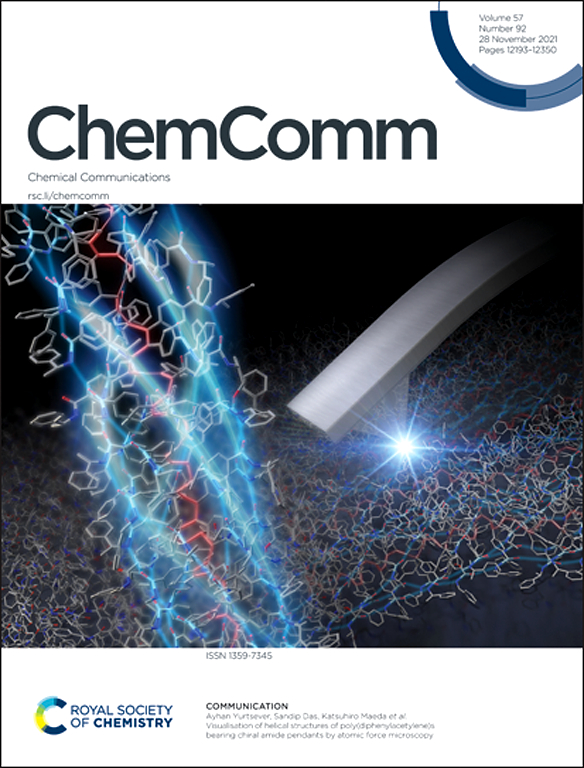Recent Advances in Zinc–Zinc Bonded Complexes: Synthesis and Reactivity
IF 4.2
2区 化学
Q2 CHEMISTRY, MULTIDISCIPLINARY
引用次数: 0
Abstract
Since the seminal report on dizincocene [Zn2Cp*2] (Cp* = C5Me5) by Carmona and coworkers, zinc–zinc bonded complexes have garnered significant research interest owing to their structural versatility and applications in both stoichiometric and catalytic processes. Building on the elegant review in 2012, this feature article briefly reviews decadal advances in the synthesis and reactivity of Zn–Zn bonded species. We specifically highlight methodological innovations in synthesizing these species, including novel reductant systems, ligand substitution strategies, and zinc hydride dehydrocoupling protocols. A survey of their reactivity is subsequently presented, encompassing heterometallic complex formation, small molecule activation, and catalytic transformations. The elucidation of novel reaction modes, expansion of catalytic frontiers, and exploration of non-classical Zn–Zn bonding configurations represent compelling yet formidable challenges in this domain; thus, concerted research efforts are required in the future.锌-锌键配合物的合成及反应性研究进展
自从Carmona和同事发表了关于二锌茂[Zn2Cp*2] (Cp* = C5Me5)的开创性报告以来,锌-锌键配合物由于其结构的多功能性以及在化学计量和催化过程中的应用而获得了重要的研究兴趣。本文在2012年综述的基础上,简要综述了近年来锌-锌键合物的合成及其反应性的研究进展。我们特别强调了合成这些物种的方法创新,包括新的还原剂系统,配体取代策略和氢化锌脱氢偶联方案。他们的反应性调查随后提出,包括异金属络合物的形成,小分子活化和催化转化。阐明新的反应模式,扩大催化前沿,探索非经典的Zn-Zn键构型是这一领域引人注目但又艰巨的挑战;因此,未来需要协调一致的研究努力。
本文章由计算机程序翻译,如有差异,请以英文原文为准。
求助全文
约1分钟内获得全文
求助全文
来源期刊

Chemical Communications
化学-化学综合
CiteScore
8.60
自引率
4.10%
发文量
2705
审稿时长
1.4 months
期刊介绍:
ChemComm (Chemical Communications) is renowned as the fastest publisher of articles providing information on new avenues of research, drawn from all the world''s major areas of chemical research.
 求助内容:
求助内容: 应助结果提醒方式:
应助结果提醒方式:


